In the world of art, where imagination dances on canvases and creativity knows no bounds, a new contender has emerged – Artificial Intelligence. With algorithms mimicking the strokes of master painters and generating awe-inspiring pieces, AI art has stormed into galleries, digital platforms, and conversations alike. But amidst the applause and skepticism, one question looms large: Is the value of AI art under-estimated?
Join me as we compare AI art to traditional hand-drawn art, unraveling the intricacies, advantages, and disadvantages of each.
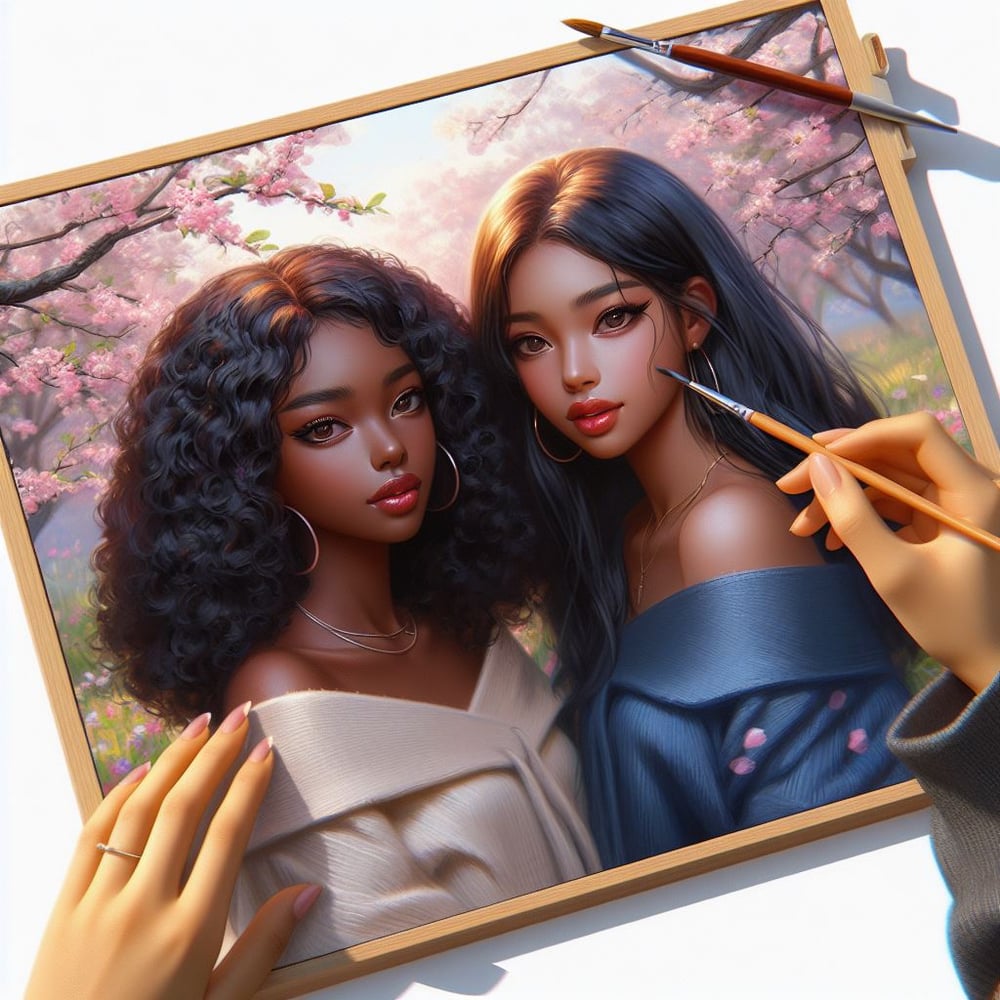
Consider it a picture that captures the essence of both worlds, inviting you to ponder how creativity has advanced in this digital age and how much further it can go.
The Brushstrokes of Tradition: Hand-Drawn Art
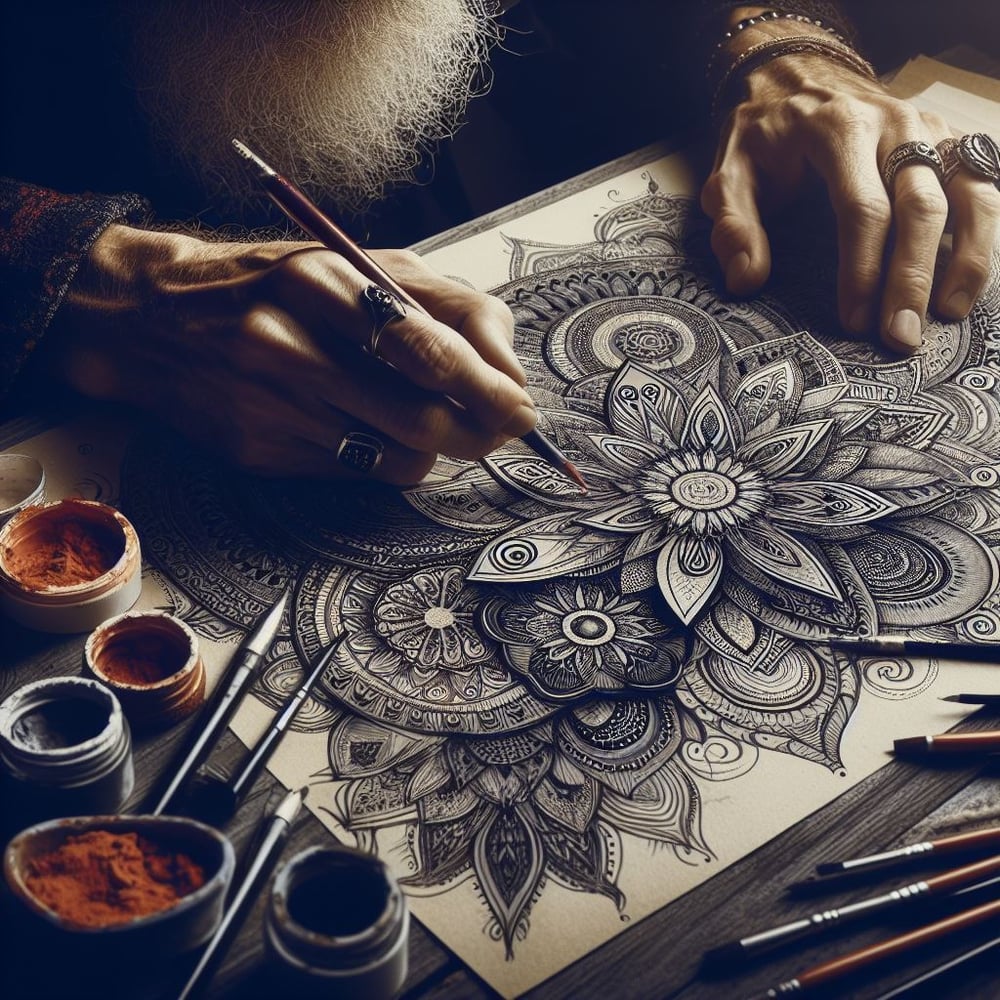
Ah, the timeless allure of hand-drawn art – where every stroke is a whisper of the artist's soul, and each piece carries a story within its lines. There's a unique intimacy in the process, as the artist's hand connects with the medium, breathing life into his vision. Here are the advantages and disadvantages of this traditional approach:
Advantages:
- Authenticity: Hand-drawn art exudes authenticity, bearing the unmistakable imprint of the artist's hand. Each piece is a testament to human creativity and skill, inviting viewers to connect on a personal level.
- Emotional Depth: There's an emotional resonance in hand-drawn art that stems from the artist's direct involvement. Every imperfection, every smudge, tells a story, evoking a range of emotions that resonate with the viewer.
- Uniqueness: No two hand-drawn pieces are alike. The subtle variations in lines, shades, and textures add a layer of uniqueness that sets each artwork apart, making it truly one-of-a-kind.
Disadvantages:
- Time-Consuming: Creating hand-drawn art requires time, patience, and meticulous attention to detail. The intricate process of sketching, shading, and refining can take hours, if not days, to complete, limiting the artist's output.
- Skill Dependency: Hand-drawn art relies heavily on the artist's skill and experience. Mastery of techniques such as perspective, proportion, and shading is essential to produce high-quality artwork, posing a barrier to entry for novice artists.
- Subjectivity: The interpretation of hand-drawn art is inherently subjective, influenced by individual tastes, preferences, and biases. What resonates with one viewer may not appeal to another, making it challenging to gauge universal worth.
The Pixels of Progress: AI Art
Let's talk about AI art, where algorithms wield the brush and pixels dance to the tune of code. Powered by machine learning models, AI art challenges the boundaries of creativity, blurring the lines between human and machine. Let's delve into the advantages and disadvantages of this cutting-edge approach:
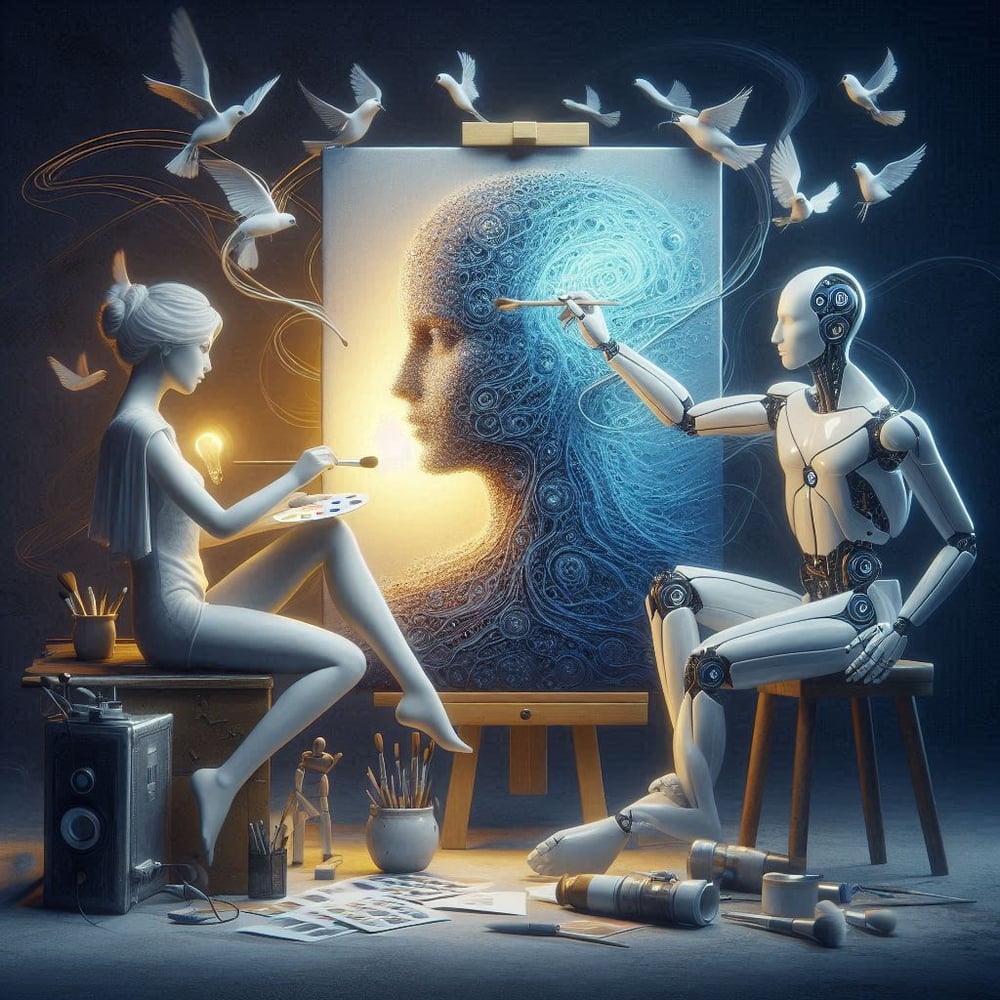
Advantages:
- Efficiency: AI art offers unparalleled efficiency, enabling artists to generate a vast array of compositions in a fraction of the time required for hand-drawn art. With algorithms swiftly executing commands, artists can explore multiple ideas and iterations effortlessly.
- Accessibility: The democratization of AI tools has made art creation more accessible than ever before. Novice artists can harness the power of AI algorithms to enhance their skills, experiment with new techniques, and unleash their creativity without daunting learning curves.
- Innovation: AI art pushes the boundaries of innovation, introducing novel techniques and styles that challenge traditional norms. From surreal landscapes to abstract compositions, AI algorithms offer a fresh perspective on artistic expression, sparking conversations and inspiring creativity.
Disadvantages:
- Lack of Human Touch: Despite advancements in AI technology, AI art often lacks the human touch that distinguishes hand-drawn art. The absence of imperfections and idiosyncrasies may result in artworks that feel sterile or impersonal, failing to evoke the same emotional resonance.
- Ethical Concerns: The use of AI algorithms in art raises ethical concerns regarding authorship, ownership, and creative autonomy. Who owns the rights to AI-generated artwork? And to what extent are artists merely facilitators of machine-generated creativity?
- Dependency on Data: AI algorithms rely on vast datasets to learn and mimic artistic styles, raising questions about the integrity and bias of the source material. Without diverse and representative datasets, AI-generated art runs the risk of perpetuating stereotypes or reinforcing cultural biases.
Navigating the Palette: The Final Analysis
When pixels and pigments converge, navigating to find value requires a discerning eye and an open mind. While AI art offers unprecedented efficiency and innovation, traditional hand-drawn art embodies the essence of human creativity and expression.
So, is the value of AI in the art world under-estimated?
The answer lies in whether you embrace the synergy between tradition and technology, recognizing the strengths and limitations of each approach. Rather than viewing AI art as a threat to traditional art, let's celebrate it as a complementary tool that expands the horizons of artistic exploration.
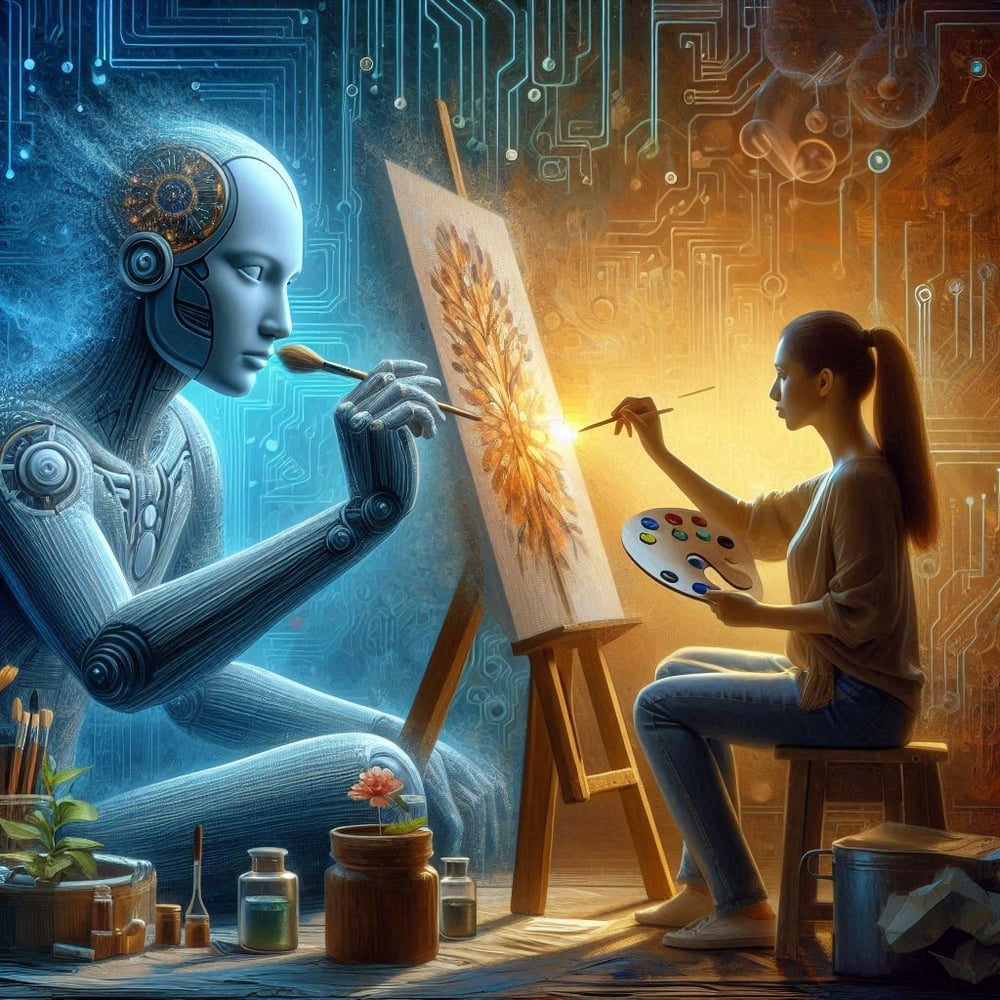
By fostering collaboration between humans and machines, we can harness a wider spectrum of creative expression and transcend artistic boundaries.
Ultimately, the value of AI in art is not solely determined by its algorithmic prowess or technical precision but by its ability to accurately interpret the command given by the creator. Let’s face it, whether hand-drawn or AI-generated, the true measure of art lies in its power to resonate with the viewer. To evoke emotion, spark imagination, and inspire creativity.
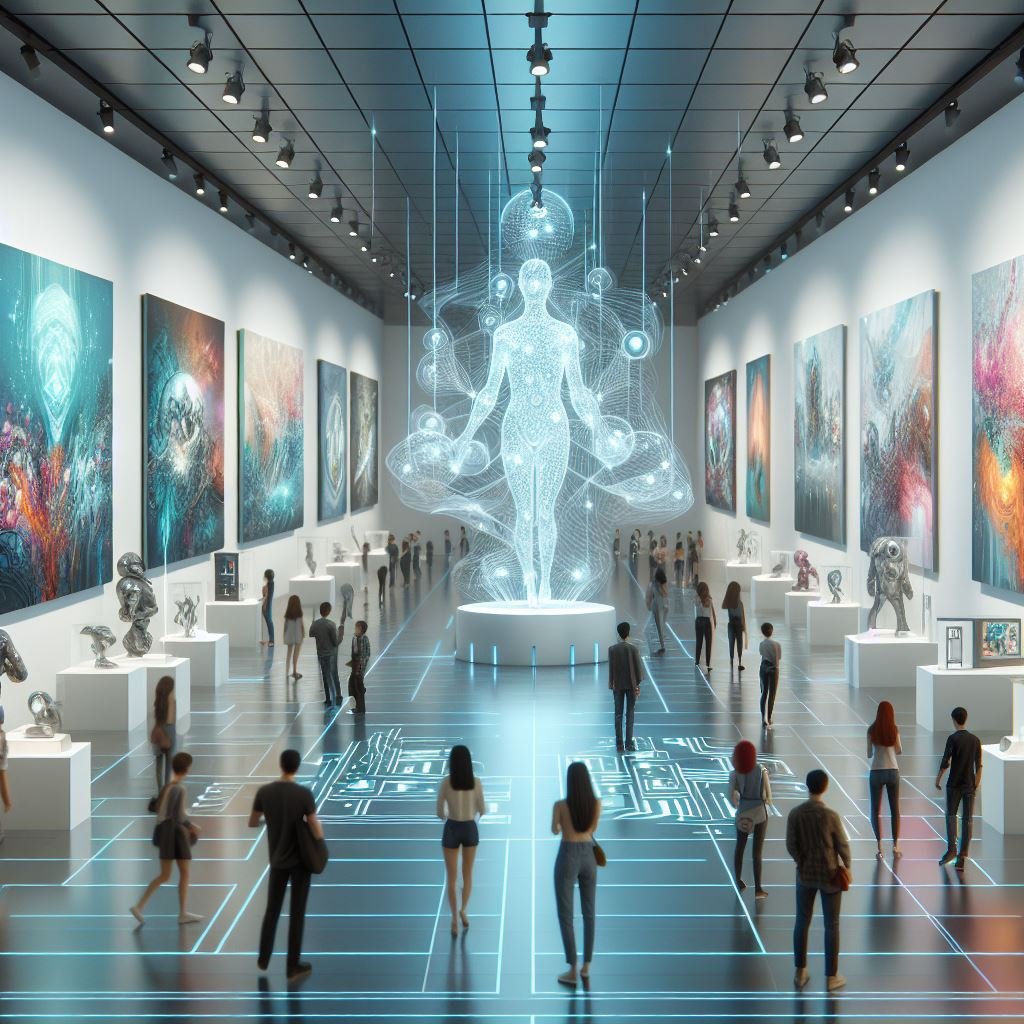
As we stand at the crossroads of art and innovation, let's embrace the diversity of creative expression and trust in the transformative potential of AI. For in the canvas of creativity, every stroke, whether by hand or by algorithm, carries the potential to contribute to the tapestry of human life.


